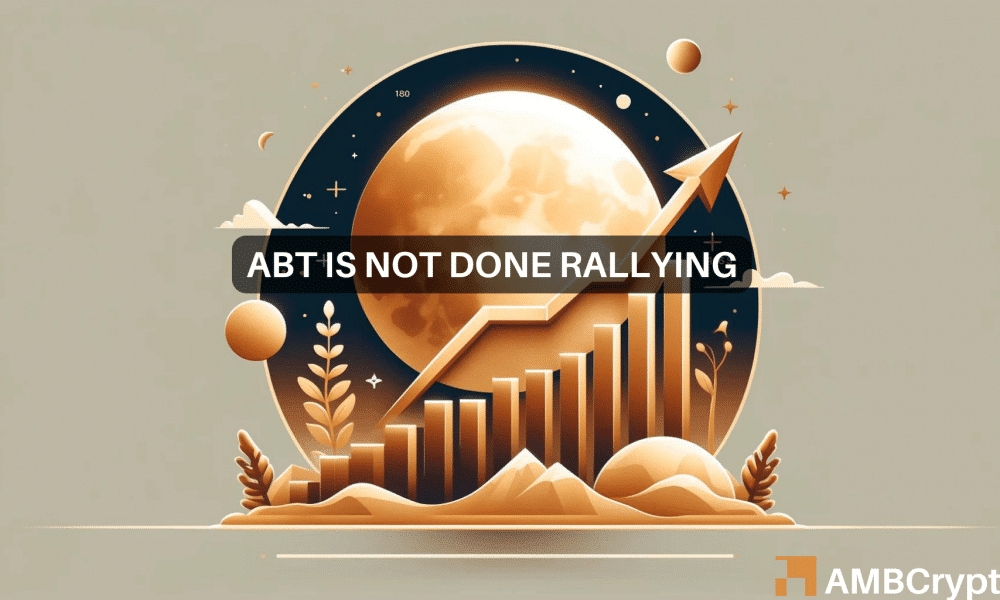When Halberstadt’s St Burchardi church opens its doors for a once-in-a-lifetime musical experience on Monday, some of the spectators streaming into the 11th-century building will have booked their tickets years in advance and crossed continents to get there. But don’t expect them to demand an encore.
Because if one thing is certain about this concert, it’s that it won’t be over for a long, long time yet.
Playing nonstop since September 2001, the performance of John Cage’s composition Organ²/ASLSP As Slow as Possible in an unassuming town at the feet of the Harz mountains is one of the longest-running concerts in the world. Scheduled to last for 639 years, it isn’t due to finish until 2640. (The only musical performance that is forecast to last longer, Jem Finer’s Longplayer piece for singing bowls inside the lighthouse at Trinity Buoy Wharf, London, has a head start of almost two years and is scheduled to wind up in 2999.)
At 3pm on 5 February, the concert will reach its latest milestone. One of the volunteers who keep the project going will plug an additional pipe into the organ, adding a d’ to the current six-note chord. It will be the first chord change in two years, the 16th since its start more than two decades ago.
About 150 guests from across Germany, the US, Russia, China and the Philippines have already paid €200 for a front-row seat, though if the chord changes of previous years are anything to go by, the church will be filled to its 500-person capacity. Usually, the change in sound is followed by a respectful five-minute silence and a round of applause.
“It’s a concert that doesn’t meet conventional expectations of what a concert should be,” says Rainer Neugebauer, a member of the foundation that is organising the performance, and its de-facto artistic director. “There’s a long-running debate whether concert is even the right word,” he adds. “There is definitely a certain madness to it.”
As Slow as Possible was originally composed by Cage for piano in 1985 and then adapted for the organ two years later. The instruction to its performers in the title was clear, but the exact tempo was never specified. Its 1987 premiere in Metz lasted just over 29 minutes.
A more literal interpretation was proposed by a group of philosophers and musicians at an organ conference in the Black Forest town of Trossingen in 1998, six years after Cage’s death. Proposals for a concert lasting 1,000 years had to be discarded given the uncomfortable echoes of Hitler’s vow to build an empire that would exist for a similar span.
But when the group considered Halberstadt as the site of their performance, they chanced on historic records claiming that its cathedral had once hosted the first organ with a modern keyboard arrangement for liturgical use, in 1361. Subtracting that number from the imminent millennial year 2000, they came up with the suitably ambitious number 639 and had found themselves a challenge.
Financing the project was tricky. An organ that can play all the notes in Cage’s piece needs 89 pipes, which would have proved too costly. Instead, a smaller-scale instrument was built, with nine holes for interchangeable pipes.
Playing an organ nonstop for years on end would have been humanly impossible, so the organist had to be mechanical: the air that is pushed into the pipes is blown by an electronic wind machine, the organ’s keys pressed down not by fingers but three little sandbags.
The organ’s bellows were fitted on what would have been Cage’s 89th birthday, 5 September 2001, and the concert began – with a 17-month silence, as the scaling of the original score instructed. “It was incredible, a real goosebump moment,” said Kay Lautenbach, a sound engineer at Halberstadt’s Harztheater, whose job it is to enable the project’s continued operation. “You couldn’t hear a thing.”
The first chord proper whooshed through the pipes in February 2003, prompting complaints from neighbours that it was too noisy. In 2011, a way was found to reduce the air pressure. “We haven’t had any complaints since then,” says Neugebauer.
Of Halberstadt’s 40,000 residents, he calculates, about half don’t even know the concert is still going on. “The other half may not know what to make of it, but they appreciate it’s good publicity for the town.”
Some people who seek out St Burchardi church have travelled far and wide. They ask to be locked in the church on their own for hours at a time, or have been granted the wish to spend a night next to the humming organ. “I know people who thought the whole idea was a load of overintellectualised nonsense,” Lautenbach says. “And then they step into the church and they are absolutely enchanted.”
Ensuring As Slow As Possible manages to keep going for another 616 years remains a challenge, not least in financial terms. The project relies on donations alone, but all of the “sound plaques” inside the church – one for each year of the piece’s running time – have been sold. The latest fundraising scheme is a chance to book a seat for the end of the show on 4 September 2640 (tickets are transferable).
The greater challenge will be to win over future generations of volunteers to make sure the concept doesn’t end prematurely. Several of the people who originally lobbied for the performance to take place in Halberstadt have already passed away. All of the volunteers working on the project know they won’t be alive to hear the final chord.
“Isn’t that what’s great about it?” says Anneli Borgmann, 51, an ecologist from nearby Ströhbeck who joined the foundation in 2021, shortly after the end of a seven-year one-chord sequence.
“My lifetime is no more than the blink of an eye – I came to terms with that long ago,” she says. “To me, Cage’s piece speaks of an incredibly stubborn optimism: we will die, but this work of art will live on for generations.”

James Parker is a UK-based entertainment aficionado who delves into the glitz and glamour of the entertainment industry. From Hollywood to the West End, he offers readers an insider’s perspective on the world of movies, music, and pop culture.








